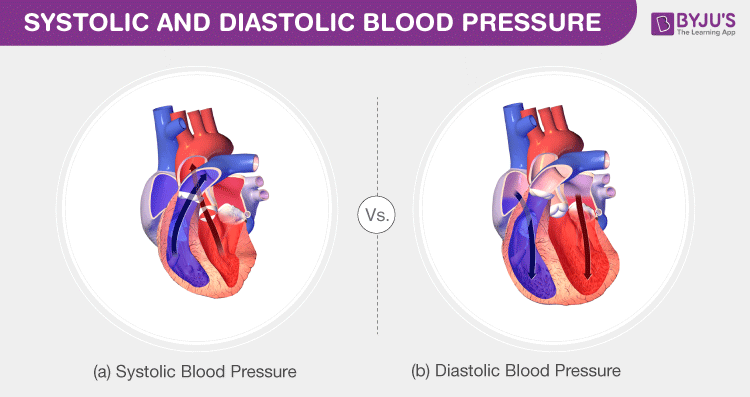Blood Pressure
Blood pressure is a serious health problem which affects nearly 40 to 50 per cent of the total population.
Blood is a fluid connective tissue which is carried to all parts of our body with the help of arteries. It plays a key factor in providing blood (thus oxygen and energy) to organs.
Blood pressure is the force of blood against the arteries. An individual should maintain a normal blood pressure from 90 – 120 / 60 – 80 mm Hg. Blood pressure is given by two numbers, with one above or before the other – 120/80.120 – This is called systolic pressure and 80 – This is called diastolic pressure.
Also Read: Blood pressure symptoms
Types of Blood Pressure
- Systolic Blood Pressure.
The normal range of systolic blood pressure should be 90 – 120 mm Hg.
- Diastolic Blood Pressure.
The normal range of diastolic blood pressure should be 60 – 80 mm Hg.
Both Diastolic and Systolic are derived from the Greek word. Diastolic meaning drawing apart and Systolic meaning a drawing together.
Differences Between Systolic and Diastolic Blood Pressure
Here is the differenced between systolic and diastolic blood pressure.

| Types | Systolic blood pressure | Diastolic blood pressure |
| Definition | The pressure exerted when the heartbeats | The pressure exerted on the walls of the arteries when the heart muscles relax in between two beats |
| Normal Range | In infants –95mmHg. In adults– 90-120 mmHg. Age 6 to 9 –100 mmHg. | In infants–65 mm Hg. In adults– 60-80 mmHg. Age 6 – 9 — 65 mmHg. |
| Ventricles of the Heart | Ventricles contract | Ventricles are relaxed |
| Reading of Blood Pressure | The systolic pressure is high | The diastolic pressure is low |
| Blood pressure inside the arteries | Maximum | Minimum. |
| Blood vessels | Contracts | Relaxed |
Also Read: Hypertension
For more detail information regarding the blood pressure, its types and hypertension, visit BYJU’S.
Recommended Videos:



Comments